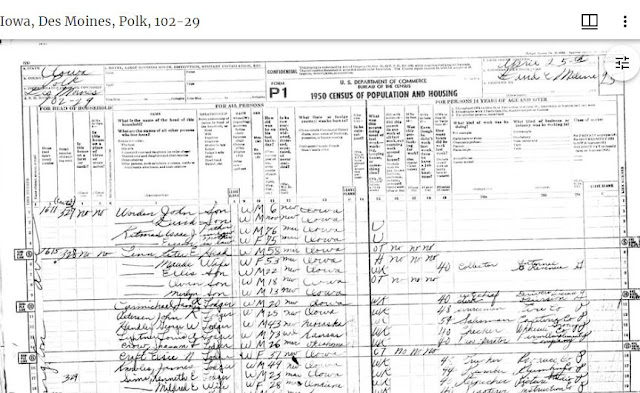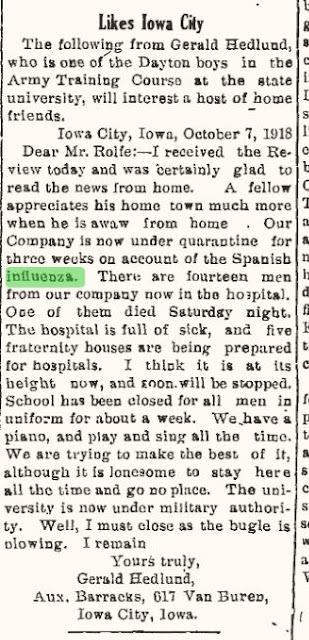Those of us who have worked on our family history for any length of time have most certainly run into a few brick walls, a wall that we keep trying to find a way around, under, through, or over, to find the information we lack.
Perhaps it's an ancestor who just can't be found. It might be a birth, marriage, or death record. A military record. It might be an entire family that is uprooted and seems to have fallen off the ends of the earth. A good researcher is only as good as the information available. If a courthouse has burned with all of the records for a county, we try to find other records and newspaper articles and diaries and photographs that lead us to our answer. But in a very few cases, our work on an ancestor stops at the brick wall.
My great-great grandmother, Maria Helena Barquist Olofson, is one of those brick walls. Maria was born in Amot, Gavleborg, Sweden in 1842, and came to the United States with her parents and most of her siblings in 1857. After a short stay in Illinois, the family moved to Hardin Township in Webster County.
On July 21, 1865, Maria married Olof Olofson in Boone County. They settled in Hardin Township where Maria gave birth to my great-grandfather, William Edward (Eddie) Olofson in 1866. Church records show that they had a second child, Mathilda, born on July 31, 1869, who died in February 1870.
Because Maria appears in the 1870 census, we know that she didn't die in childbirth. We also can assume that she didn't die at the same time as Mathilda, February 1870, because the 1870 census was taken in July and Maria appears in that census.
But next comes the mystery. Maria isn't found in the 1880 census, we cannot find a death record or cemetery plot for her, she doesn't appear in any newspaper obituary at the time, she is not found in insane asylum records, and she is not living with her parents or siblings.
I have spent years, off and on, searching for Maria's death date and place of burial. Because Hardin Township is near the border of other counties, I've searched in Webster, Hamilton, and Boone county records. I've searched under name variations, searched under Maria Barquist as well as Maria Olofson.
With no additional directions to take, I turned to two expert DNA friends who belong to my genealogy group. I would put their skills up there with the likes of any of the DNA experts we see on television. They looked at the same records I had found, looked for additional records, and then used my DNA and the DNA of another Olofson relative that I have access to.
There are several possible clues to what happened to Maria:
- Maria does not appear in the 1880 census; that is the year when Olof marries Brita Rask. But before he marries Brita, Olof has a notation of "D" meaning divorced. That is a possibility, but there are no records or news articles to verify that.
- In William Edward Olofson's obituary in 1924, no mention is made of his birth mother, Maria. In 1870 when Mathilda dies, William would have been 4 years old, perhaps too young to understand he had a sister or what exactly happened. But we don't know exactly WHEN Maria disappeared--anytime between late 1870 and early 1880 is the range I have to work with. Her son Edward might have been 13 or 14 years when Maria dies or disappears.
- Olof Olofson also died in 1924; his obit also does not mention Maria Barquist, his first wife.
- In obituaries located for Maria's parents and siblings, there is no mention of Maria.
- Olof had been blind the last 40 years of his life, meaning that his blindness would have started in the early 1880's. Did this progressive disability cause friction or difficulties between Olof and Maria? Was it too difficult for Olof to farm and much of the burden fell to Maria?


















